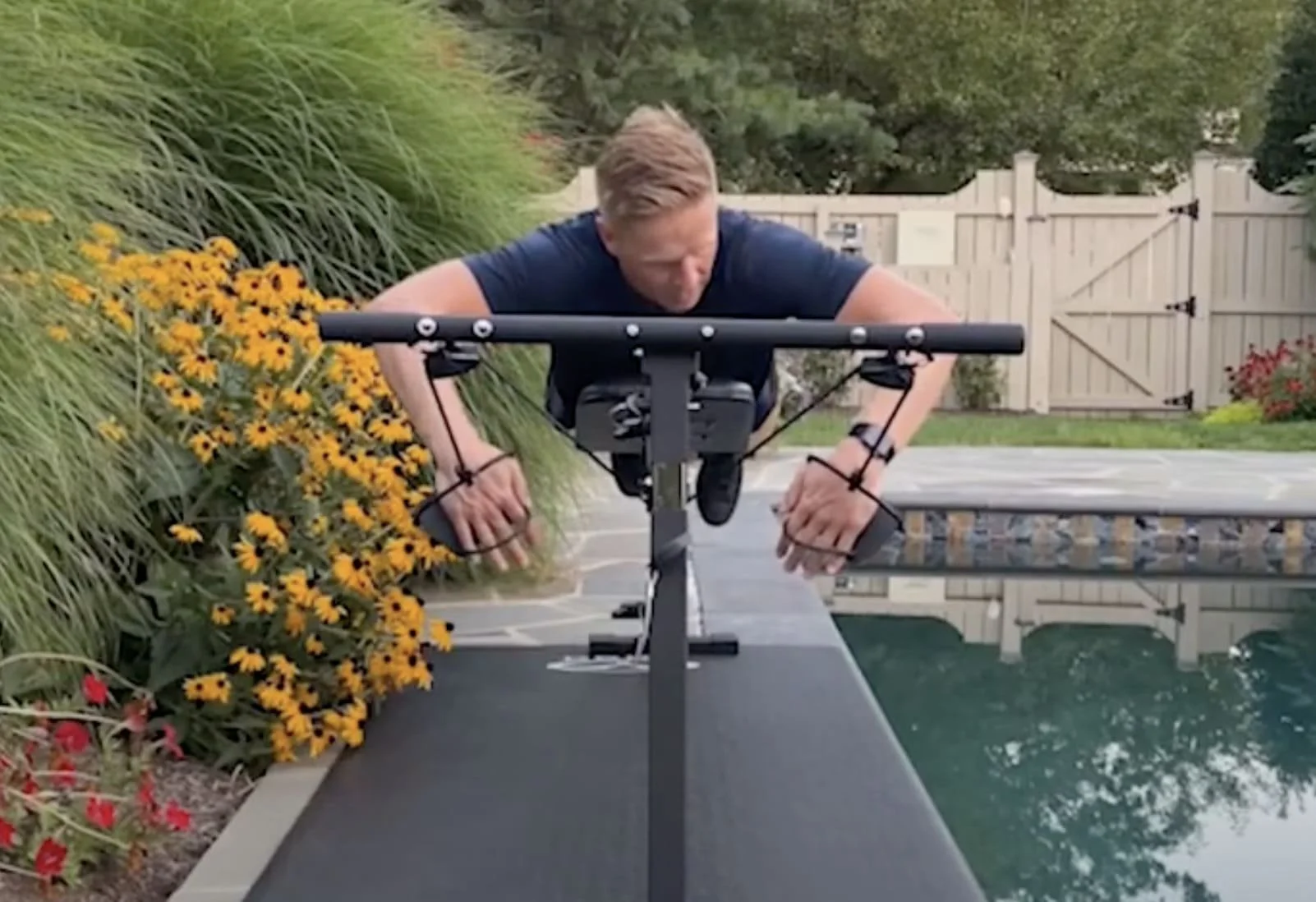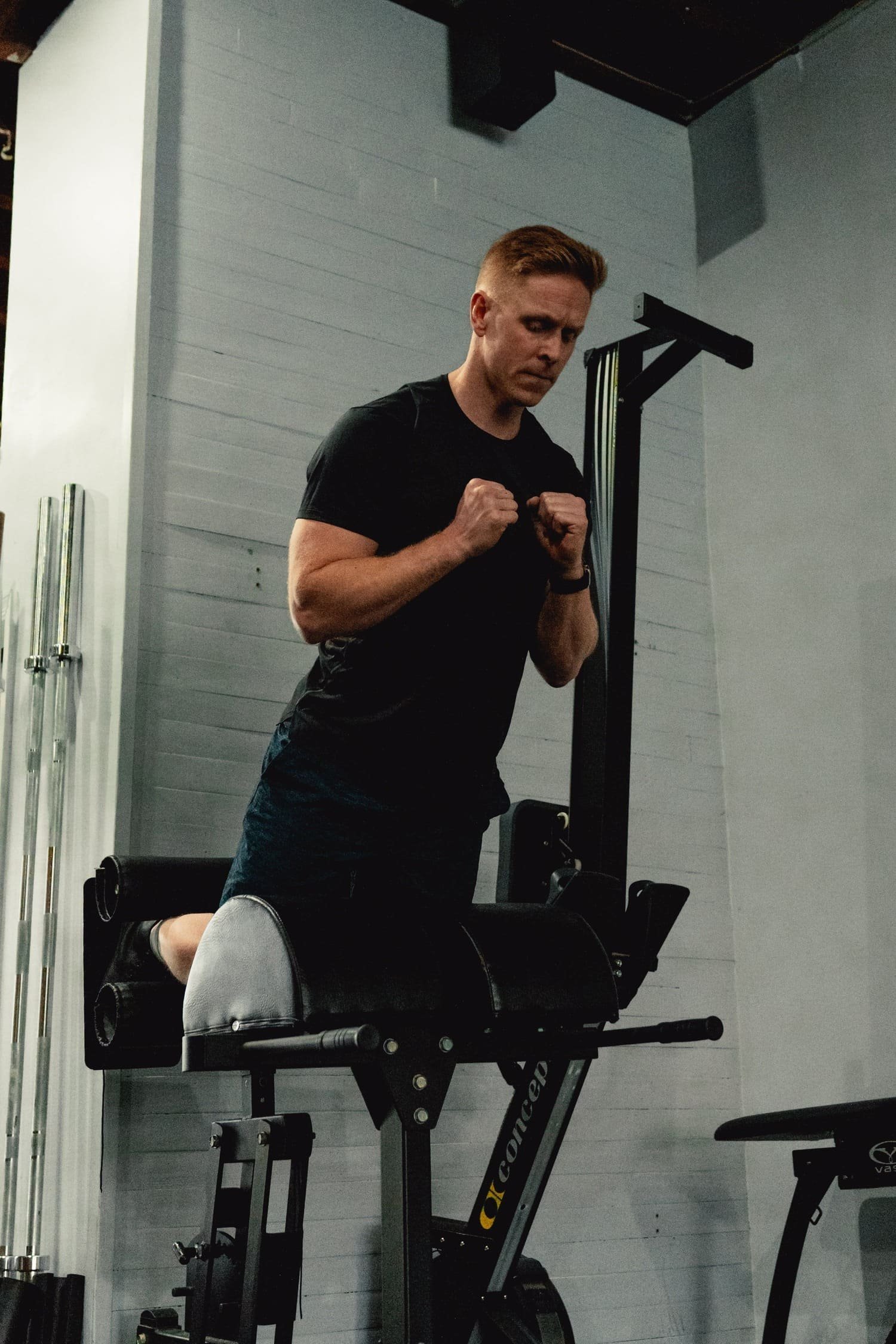Swimming Strength: Unlocking Your Potential with Weight Training
/Hello, swimmers and fitness enthusiasts! Dan Daly here – today we’re diving into a question I get all the time: how to combine swimming and weight training effectively. Should a swimmer focus on pure strength, hypertrophy, or both? And how do you structure a swimming and weight training schedule that actually improves performance in the pool?
Let’s break down what works — and how weight training for swimming can unlock your full potential.
Understanding Strength and Resistance in Swimming
First, is swimming resistance training on its own?
To some degree, yes. The water itself provides constant resistance — every pull, kick, and streamline challenges your muscles. But that resistance is limited by your body weight and technique. To push performance further, swimming strength training on land helps develop force, stability, and power that directly translate back into the water.
When it comes to swimmer weight training, the main goal should be building strength rather than mass. While hypertrophy (muscle growth) can occur, weight training for swimmers is about developing efficient, fast-twitch muscle fibers — the ones responsible for explosive starts, powerful turns, and maintaining pace at race speed.
Building Power: Fast-Twitch Muscle Fibers
To swim faster, you need to improve how much force you can produce per stroke.
That’s why competitive swimming training should include strength sessions targeting fast-twitch fibers. Think of it as improving your engine’s horsepower without making the car heavier.
Your goal in swimming and weight training workouts is to increase strength and power without unnecessary bulk. Focus on exercises that demand speed under load — such as medicine ball slams, pull-ups, squats, and Olympic lifts — rather than high-rep bodybuilding sets.
Balancing Strength and Mass
Strength and muscle size don’t always go hand-in-hand. Through proper weight training programs for swimmers, you can build neural efficiency — meaning your body becomes better at recruiting muscle fibers and generating force without adding excess weight.
Keep your training volume low to moderate and intensity high. This ensures you gain strength, not size, while maintaining excellent mobility and stroke mechanics.
If you’re also doing long pool sessions, you can alternate swimming and weight training days to reduce fatigue and optimize recovery. This schedule gives your body time to adapt and prevents overtraining.
Structuring Your Weight Training for Swimming
How often should you lift?
Ideally, aim for two to three swimming weight training workouts per week. These sessions can total about two to three hours weekly — enough to see results without interfering with your pool time.
If you’re a busy athlete or training 20+ hours in the water, even two short 30-minute strength sessions can make a big difference. The key is consistency — strength gains build slowly but create long-term improvements in your stroke power and endurance.
When to Swim After Weight Training
Many athletes ask: Can I swim after weight training?
Yes — but with purpose. If you’re lifting heavy, allow at least a few hours before getting in the water. Swimming right after weight training is fine for active recovery or technique drills, but avoid high-intensity sets when muscles are fatigued.
Over time, you’ll learn how your body responds and can adjust your swimming and weight training schedule accordingly.
Can Swimming Replace Weight Training?
Not quite. Swimming builds endurance and technical efficiency, but it doesn’t provide the same overload stimulus that resistance training does. To reach your potential, combine both — the pool builds efficiency, and the gym builds capacity. Together, they form a complete athletic foundation.
Sample Swimming and Weight Training Plan
Here’s a simple framework to get started:
Monday: Strength training (lower body focus)
Tuesday: Pool — technique and aerobic sets
Wednesday: Strength training (upper body + core)
Thursday: Pool — race pace and sprints
Friday: Mobility or recovery swim
Saturday: Pool — endurance + starts
Sunday: Rest
This plan alternates swimming and weight training on different days, allowing maximum adaptation for both systems.
Final Thoughts
Combining swimming with weight training is one of the smartest ways to enhance your performance. Focus on strength, speed, and quality movement rather than mass. Whether you’re training for the 50 Free or a 10K Open Water swim, consistent dryland work will give you the power to maintain efficiency and speed when it counts most.
Stay strong, stay technical — and as always, excellence lives in the fundamentals.
Try Dryland Training for Swimmers at Home – 7-Day Free Trial
Developed by Coach Dan Daly - Join Monthly Dryland Training



